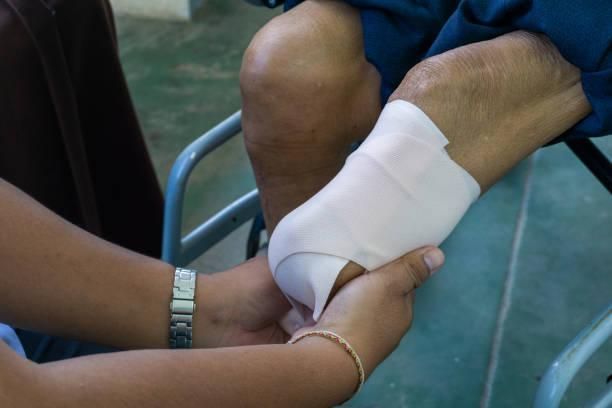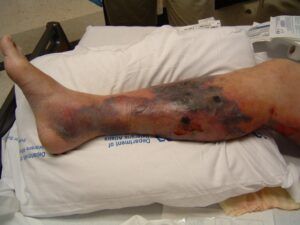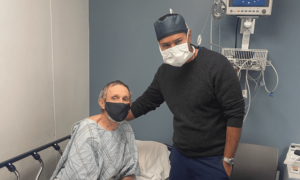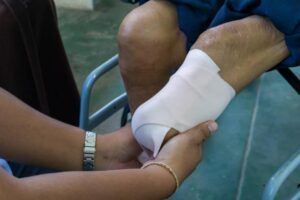BEAUFORT S.C.–(BUSINESS WIRE)–A recent ProPublica article spotlights racial disparities in amputation in the Mississippi Delta and enumerates the tragic human consequences of amputation, as well as the limb preservation efforts of Dr. Fakorede and his team.
Commenting on disparities in CLI treatment, Mary L. Yost, President of THE SAGE GROUP observed, “The probability of undergoing major amputation (MA) depends on who you are and where you live, ‘The Amputation Lottery’. Amputation rates vary by race, socioeconomic status, age, sex, type of hospital and geographic location.”
“Amputation is extremely undesirable for the patient and for the economy. This reflects its high costs, lower cost-effectiveness than revascularization and abysmal patient outcomes,” emphasized Yost.
“It is commonly believed that amputation costs the hospital less than revascularization procedures. This is incorrect,” explained Ms. Yost. “Our analysis, as well as other research, demonstrates that amputation actually costs the hospital more than either surgical bypass or endovascular revascularization. Although initial procedure costs are similar, total amputation costs including the costs of in-hospital mortality, morbidity and revision procedures are higher than those of either bypass or endovascular.”
“Amputation for CLI is not cost-effective,” stated Ms. Yost. “Recent cost-effectiveness analyses demonstrate that amputation is less cost-effective than either surgical or endovascular revascularization.”
“Treatment with MA (above-the-knee amputation or below-the-knee amputation) rather than revascularization significantly increases the economic burden of CLI. MA is costly, ranking as the sixth most expensive surgical procedure performed in the United States,” Yost stated.
“Major amputations cost $12 billion. Medicare and Medicaid pay almost 80% of the bill. Since the procedure is not cost-effective, this represents a misallocation of scarce healthcare resources and a waste of taxpayer dollars,” declared Ms. Yost.
“In addition to MA, minor amputations (toe, foot and partial foot) performed for CLI add another $21 billion to the bill,” she stated. “Frequent reamputation is one of the reasons these costs are so high.”
“Direct medical costs represent only part of the amputation bill. Estimated lifetime medical and non-medical costs exceed $10 billion for a total cost of $43 billion. Almost three-quarters of these expenses are non-medical, and most are not reimbursed by insurance. Consequently, they are borne directly by the patient and family,” she continued.
“Even $43 billion understates the total economic burden of CLI amputations,” Ms. Yost explained. “This figure does not include the economic costs to society of lost productivity of the patient and family caregivers or premature mortality.”
Additional information on U.S. CLI costs can be found at: http://thesagegroup.us/pages/reports/cli-costs.php
THE SAGE GROUP, a research and consulting company, specializes in peripheral vascular disease, specifically chronic venous disease (CVD), peripheral artery disease (PAD), CLI diabetic foot ulcers and the costs and consequences of amputation.
Additional information: www.thesagegroup.us.




